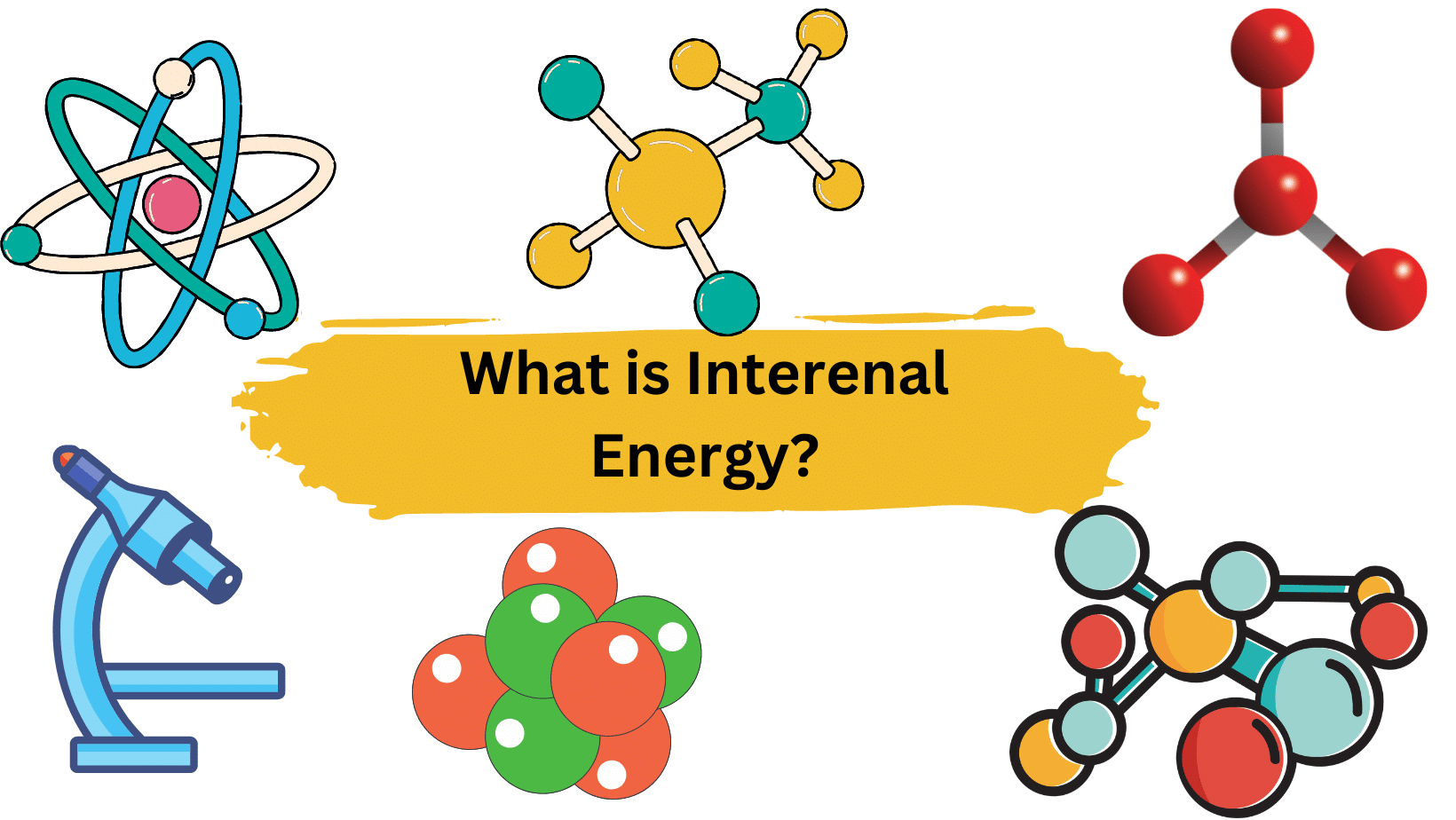Absolute temperature is a temperature reading reported using a temperature scale where 0 represents absolute zero.
In simple words, The absolute temperature is the lowest temperature at which the system has the least amount of energy. The absolute temperature scales are Kelvin (metric) and Rankine (English).
Ordinary Temperature value, on the other hand, refers to the amount or intensity of heat present in a substance or object. For instance, if the body temperature is 98.6 degrees Fahrenheit or 37 degrees Celsius, the absolute temperature is 310.5 K.

Table of Contents
Absolute Temperature Definition
Absolute temperature is defined as a temperature reading on a scale where 0 is absolute zero. At absolutely zero temperature, atoms and molecules have zero energy.
Absolute Zero
Absolute zero is the coldest theoretical temperature at which atoms and molecules have the least thermal motion. The enthalpy and entropy of a cooled ideal gas have reached their lowest value, which is zero, at this point. In classical terms, this is a state of motionlessness, but quantum uncertainty specifies that the particles still have finite zero-point energy. Absolute zero is 0 K on the Kelvin scale, 273.15°C on the Celsius scale, and 459.67°F on the Fahrenheit scale.
Since at zero kelvin (minus 273 degrees Celsius) the particles stop moving and all disorder disappears. Thus, nothing can be colder than absolute zero on the Kelvin scale.
More Links
Heat Engine| Definition, Types, and Efficiency
The Melting Point of Water (Ice)
Thermal Energy Equation- Simple Overview
Conduction in Physics| Easy Examples
Specific Heat Definition-Formula and Unit
Room Temperature| Comfortable Temperature
- BCl3 Lewis Structure in four simple steps - November 1, 2023
- PH3 Lewis Structure in four simple steps - October 8, 2023
- PF3 Lewis structure in four simple steps - September 24, 2023



